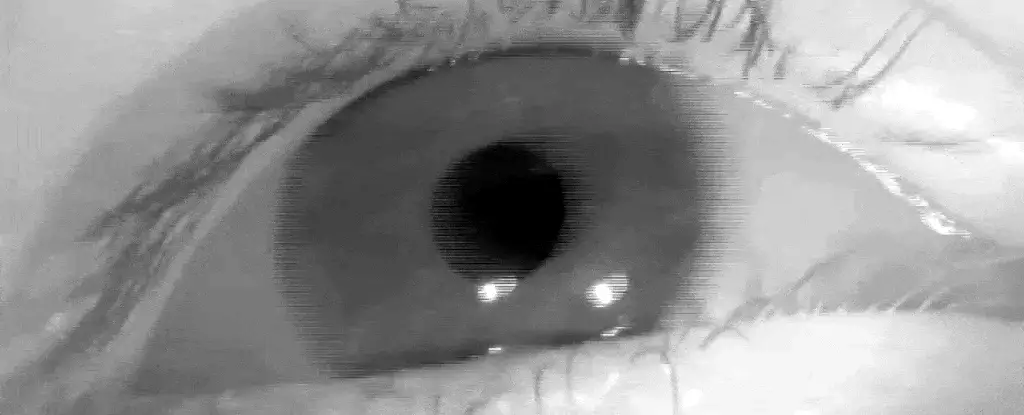Alzheimer’s disease, a condition that impacts millions globally, is notoriously difficult to diagnose in its early stages. Traditional methods of detection often rely on clinical assessments, memory tests, and expensive imaging technologies, which may not be easily accessible or efficient. However, a groundbreaking approach involving the auditory analysis of eye movements presents an innovative method for the early detection of Alzheimer’s. This emerging technique hinges on tracking saccadic movements, providing new hope for timely interventions and better patient outcomes.
Saccades are rapid movements of the eye that occur when focusing on different points in a visual field. These quick adjustments are vital for constructing a coherent perception of our environment and are intricately linked to cognitive functioning and motor skills. Research suggests that alterations in the speed and accuracy of these movements may serve as early indicators of Alzheimer’s disease. As the condition progresses, patients exhibit a decline in saccadic latency, leading to noticeable delays and inaccuracies, which could be instrumental for diagnostic purposes.
A team of researchers, spearheaded by Rachel Bouserhal from École de Technologie Supérieure, has proposed an innovative methodology utilizing hearable technology—essentially smart earpieces—to capture the subtle acoustic signals produced by eye movements. When the eyes execute saccades, they generate minute vibrations that can resonate within the ear, which typically remain undetectable to the naked ear due to the brain’s filtering mechanisms. However, these vibrations can be picked up by highly sensitive microphones embedded within an earpiece. This inventive application not only democratizes the diagnostic process but also presents a non-invasive alternative to conventional eye-tracking systems.
To validate the effectiveness of this technique, the researchers plan to conduct a comparative study involving 70 participants—35 diagnosed with Alzheimer’s or mild cognitive impairment and 35 healthy controls. Both groups will be outfitted with both traditional eye-tracking devices and hearable technology. This dual approach aims to illuminate any correlations between the acoustic signals captured by the hearables and the eye-tracking results. The hope is that this study will provide robust data supporting the development of a portable, user-friendly diagnostic tool that enables early Alzheimer’s detection in diverse populations.
While the immediate aim of this research is the early detection of Alzheimer’s disease, its implications extend far beyond a single condition. Saccadic latency is not exclusive to Alzheimer’s but can also indicate various other neurological and psychiatric disorders. By leveraging the underlying principles of this method, researchers aspire to create a toolbox that can differentiate between different health issues based on in-ear signals. This adaptability could revolutionize how we diagnose and monitor several conditions, making health tracking more accessible and efficient.
As this innovative research unfolds, the potential for harnessing body signals to enhance diagnostic capabilities is becoming increasingly evident. By integrating technological advancements with our understanding of human physiology, we stand at the precipice of a healthcare revolution. The mission to develop an accessible, effective, and non-invasive diagnostic procedure for Alzheimer’s disease could set new standards not only in neurology but in holistic health monitoring across various conditions. Such advancements promise a future where early detection and continuous monitoring can significantly alter the trajectory of diseases, ultimately improving the quality of life for countless individuals.


Leave a Reply